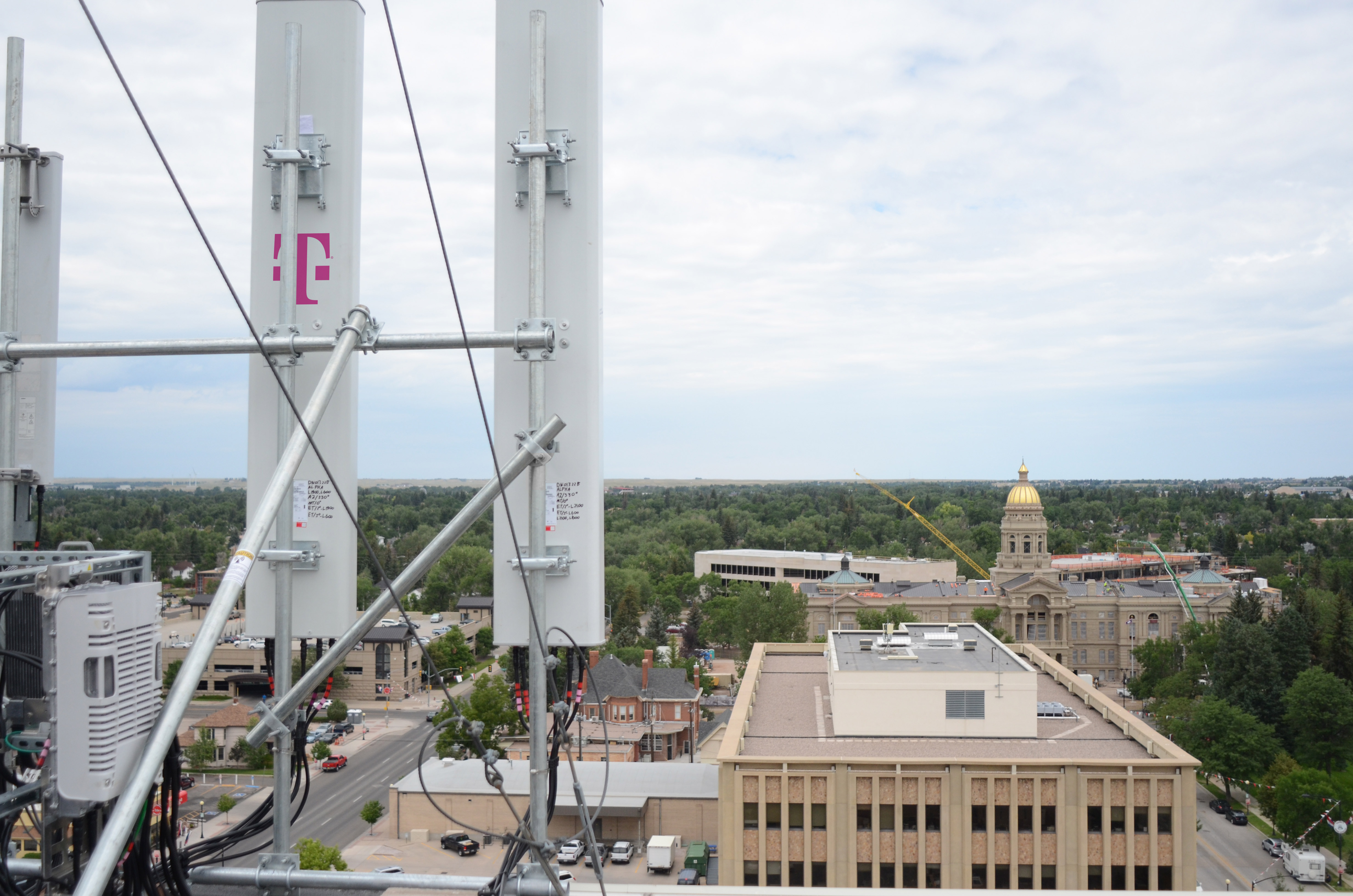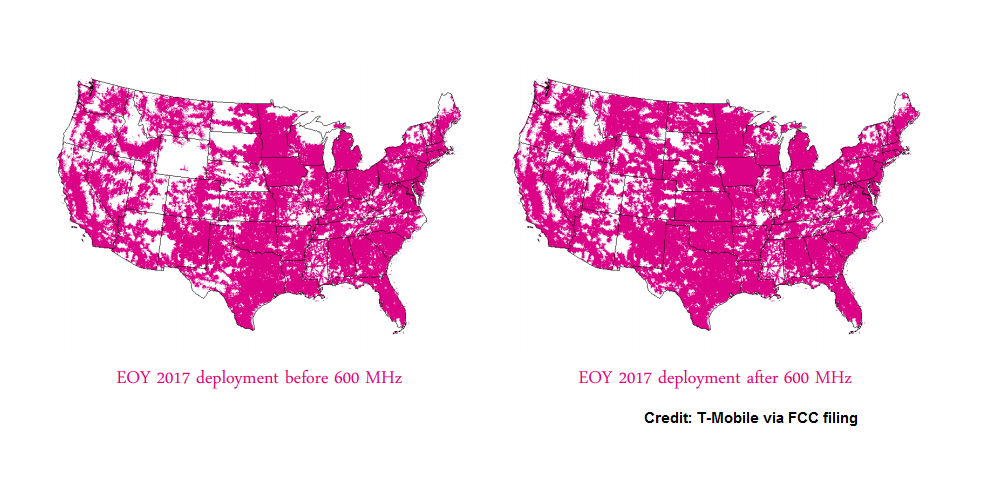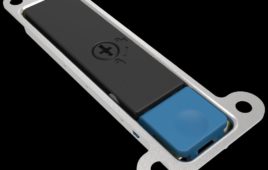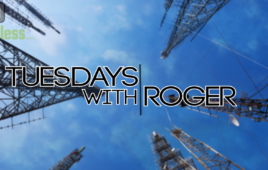
Credit: T-Mobile
T-Mobile promised a “record-breaking” rollout of its new 600 MHz airwaves, and it seems it’s keeping its word.
Less than six months following the close of the FCC’s spectrum incentive auction, the Un-carrier announced it has turned up its first 600 MHz sites in Cheyenne, Wyoming using equipment from Nokia. T-Mobile also revealed that additional 600 MHz deployments are slated for Wyoming, Northwest Oregon, West Texas, Southwest Kansas, the Oklahoma panhandle, Western North Dakota, Maine, Coastal North Carolina, Central Pennsylvania, Central Virginia, and Eastern Washington by the end of this year. That will help expand T-Mobile’s LTE coverage to an additional six million U.S. residents, for a total of 321 million, the Un-carrier reported.
“T-Mobile is effectively executing in six months what would normally be a two-year process,” T-Mobile CTO Neville Ray commented.

Credit: T-Mobile
The rapid speed of deployment is made possible by a number of key preparations and partnerships, T-Mobile noted. The Un-carrier said it has been working with a number of infrastructure providers, chipset makers, and device manufacturers including Nokia, Qualcomm, LG, and Samsung to get its 600 MHz ecosystem up and running.
Nokia back in March announced the successful completion of the first pre-standard LTE call on 600 MHz using its existing commercial equipment. That trial hit speeds of 387 Mbps via the implementation of four-way uplink receive diversity, 4×4 MIMO, and 256 QAM on a 20 MHz chunk of 600 MHz spectrum. At the time, Nokia said it was anticipating initial 600 MHz service launches to come in rural areas “due to the large cell size enabled by the low band” – an expectation that is borne out by T-Mobile’s plan.
Last month, T-Mobile CTO Neville Ray revealed both LG and Samsung will be releasing 600 Mhz-enabled devices later this year. The Un-carrier on Wednesday confirmed those launches will come in the fourth quarter.
But T-Mobile has also been furiously working with broadcasters to clear spectrum on its 1,525 newly won licenses as fast as possible. The Un-carrier in June said it would help cover the cost of repacking for rural stations like PBS that might not be covered by the FCC’s $1.75 billion repacking budget. And last year, T-Mobile signed a deal with broadcast equipment company Electronics Research Inc. (ERI) to boost materials and accelerate production of new broadcast antennas.
As with T-Mobile’s other airwaves, Ray indicated on the Un-carrier’s first quarter earnings call that the 600 MHz spectrum will play host to a number of advanced LTE technologies.
According to Ray, low- to mid-band carrier aggregation will be the first to roll out on 600 MHz, and moving into 2018, he said T-Mobile will look to aggregate two low bands.
“(The latter is) not as easy as low to mid, but all of those combinations will be working through standardization as we move into the latter part of ’17 and early ’18,” Ray commented at the time.
Ray said LTE-U and Licensed Assisted Access (LAA) will also play on the new 600 MHz airwaves, but indicated those implementations will come a bit later.
Watch T-Mobile’s first 600 MHz call below.
Filed Under: Telecommunications (spectrums)




